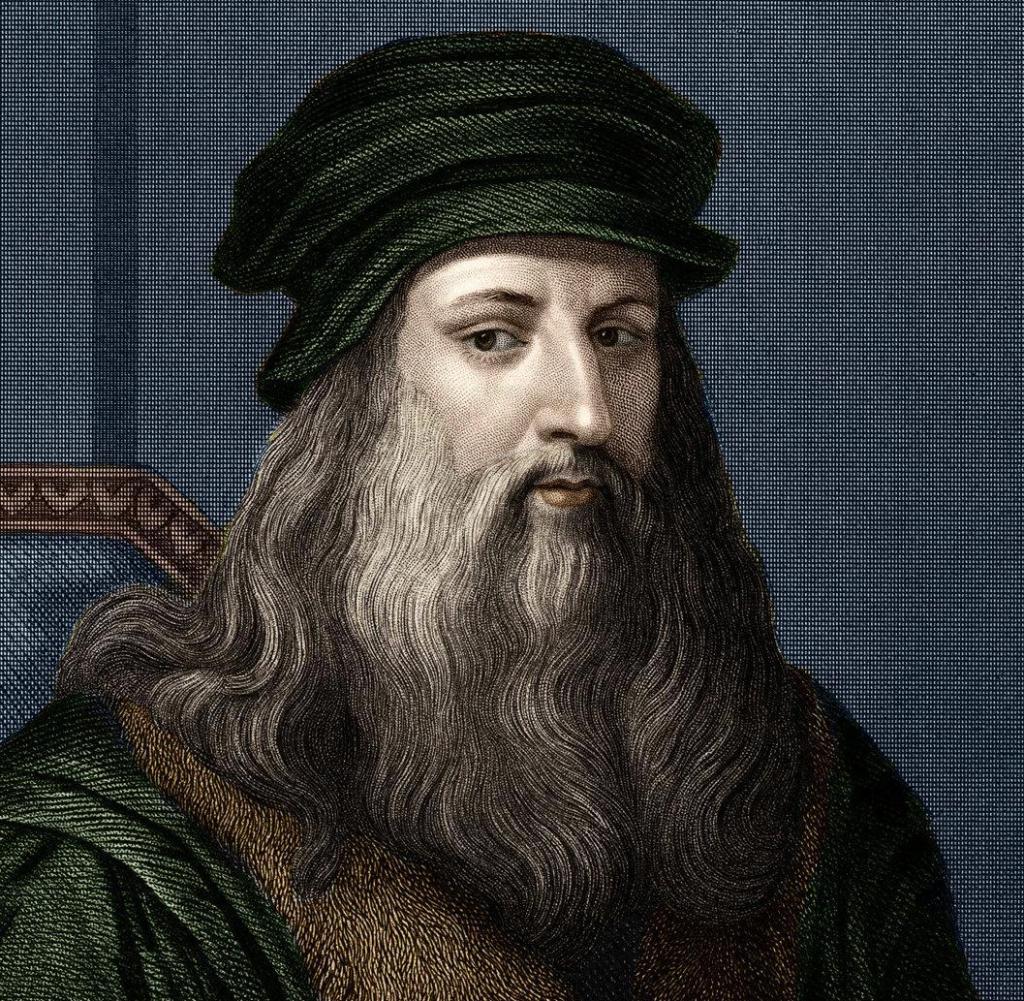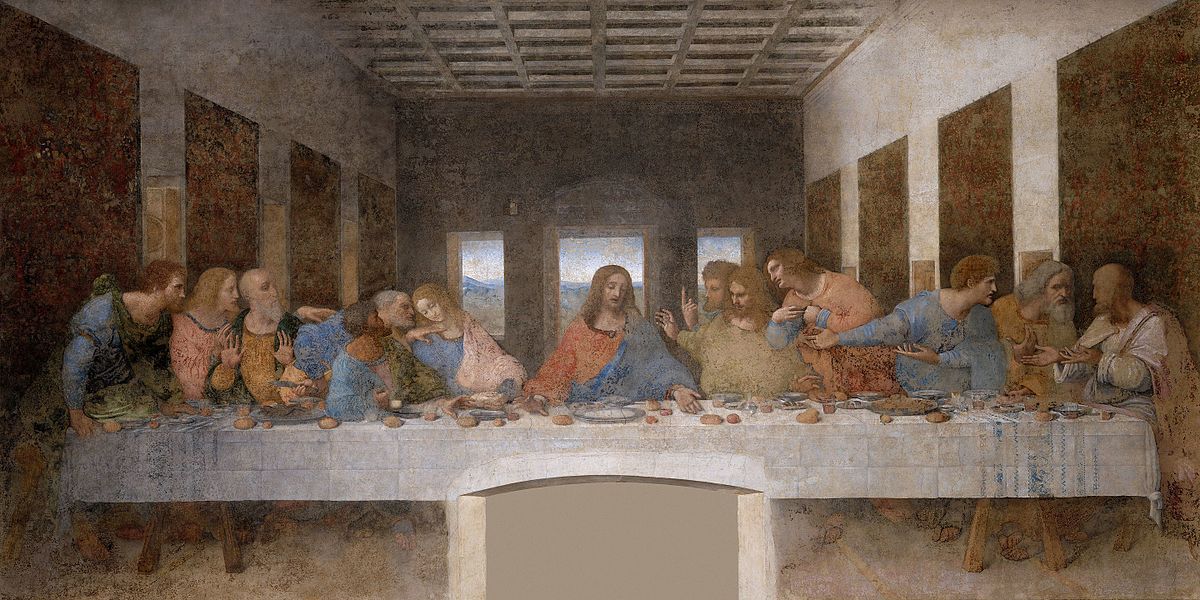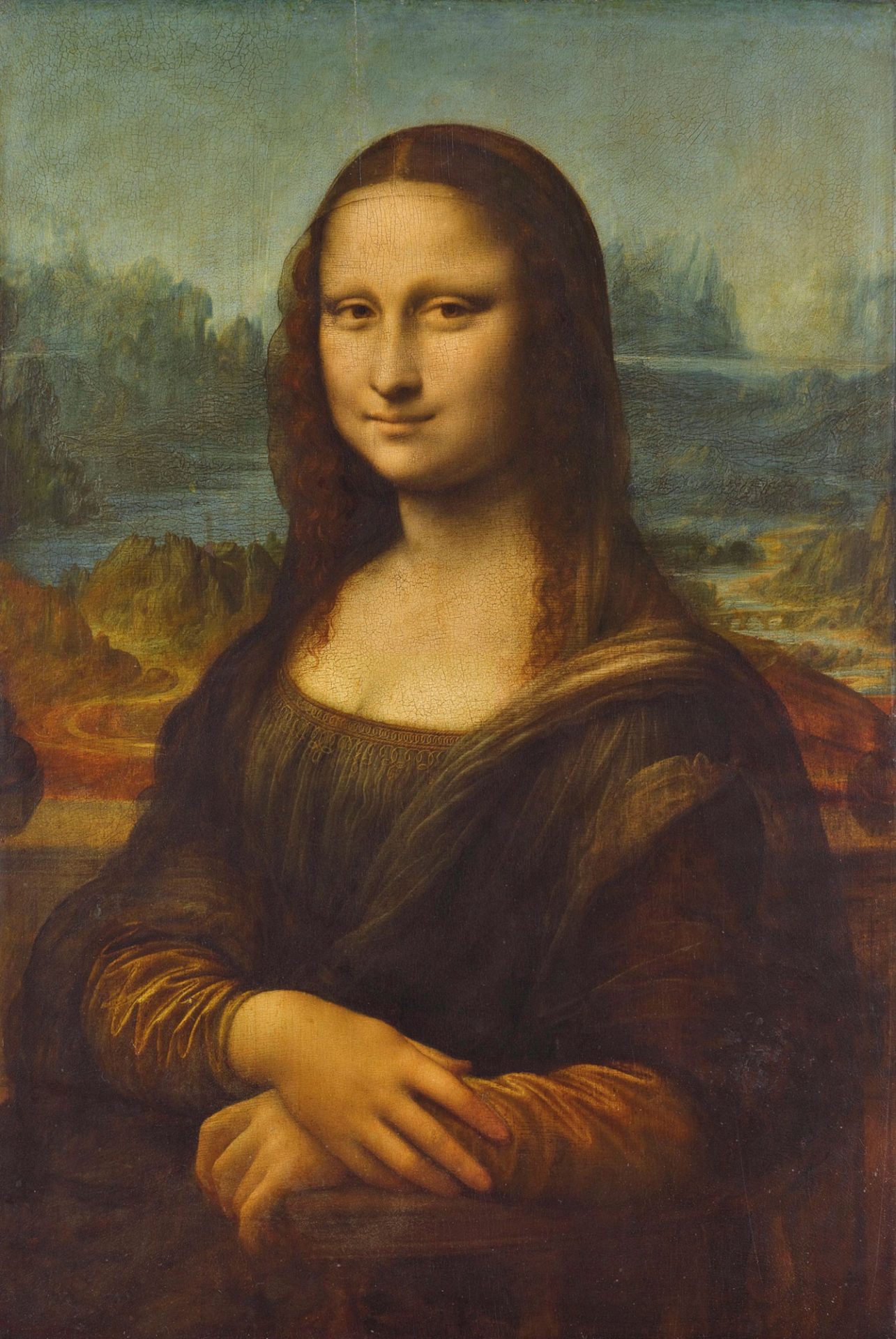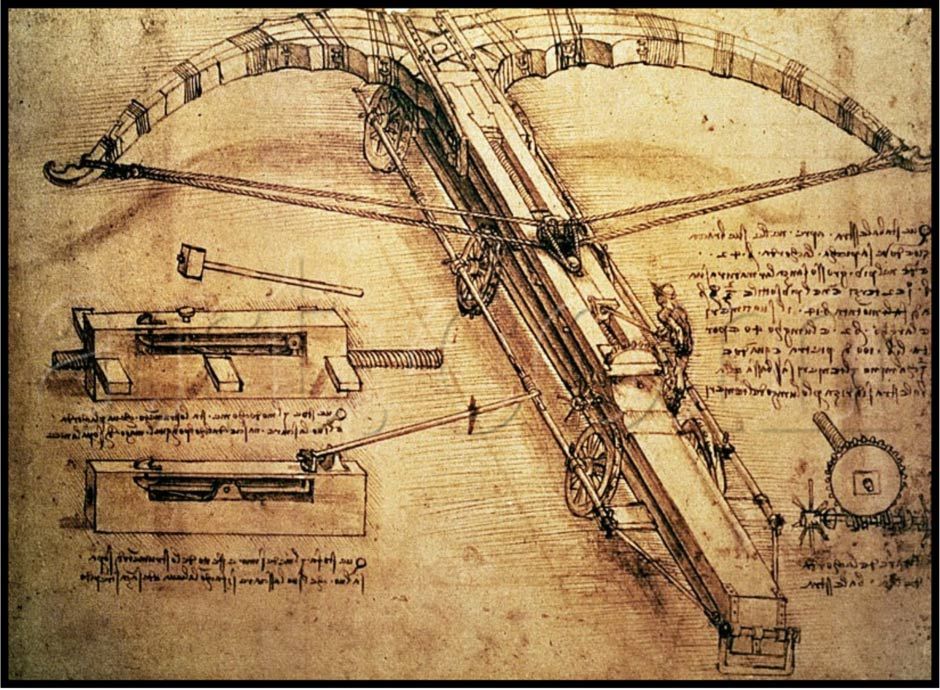Who Was Leonardo da Vinci?
Leonardo da Vinci was a Renaissance painter, sculptor, architect, inventor, military engineer and draftsman — the epitome of a true Renaissance man. Gifted with a curious mind and a brilliant intellect, da Vinci studied the laws of science and nature, which greatly informed his work. His drawings, paintings and other works have influenced countless artists and engineers over the centuries.
Early Life
Da Vinci was born in a farmhouse outside the village of Anchiano in Tuscany, Italy (about 18 miles west of Florence) on April 15, 1452. Born out of wedlock to respected Florentine notary Ser Piero and a young peasant woman named Caterina, da Vinci was raised by his father and his stepmother.
At the age of five, he moved to his father’s estate in nearby Vinci (the town from which his surname derives), where he lived with his uncle and grandparents.

Education
Young da Vinci received little formal education beyond basic reading, writing and mathematics instruction, but his artistic talents were evident from an early age.
Around the age of 14, da Vinci began a lengthy apprenticeship with the noted artist Andrea del Verrocchio in Florence. He learned a wide breadth of technical skills including metalworking, leather arts, carpentry, drawing, painting and sculpting.
His earliest known dated work — a pen-and-ink drawing of a landscape in the Arno valley — was sketched in 1473.
Early Works
At the age of 20, da Vinci qualified for membership as a master artist in Florence’s Guild of Saint Luke and established his own workshop. However, he continued to collaborate with del Verrocchio for an additional five years. It is thought that del Verrocchio completed his “Baptism of Christ” around 1475 with the help of his student, who painted part of the background and the young angel holding the robe of Jesus.
In 1478, after leaving del Verrocchio’s studio, da Vinci received his first independent commission for an altarpiece to reside in a chapel inside Florence’s Palazzo Vecchio. Three years later the Augustinian monks of Florence’s San Donato a Scopeto tasked him to paint “Adoration of the Magi.” The young artist, however, would leave the city and abandon both commissions without ever completing them.
Leonardo da Vinci: Paintings
Although da Vinci is known for his artistic abilities, fewer than two dozen paintings attributed to him exist. One reason is that his interests were so varied that he wasn’t a prolific painter. Da Vinci’s most famous works include the “Vitruvian Man,” “The Last Supper” and the “Mona Lisa.”
Around 1495, Ludovico Sforza, then the Duke of Milan, commissioned da Vinci to paint “The Last Supper” on the back wall of the dining hall inside the monastery of Milan’s Santa Maria delle Grazie. The masterpiece, which took approximately three years to complete, captures the drama of the moment when Jesus informs the Twelve Apostles gathered for Passover dinner that one of them would soon betray him. The range of facial expressions and the body language of the figures around the table bring the masterful composition to life.

In 1503, da Vinci started working on what would become his most well-known painting — and arguably the most famous painting in the world —the “Mona Lisa.” The privately commissioned work is characterized by the enigmatic smile of the woman in the half-portrait, which derives from da Vinci’s sfumato technique.
Adding to the allure of the “Mona Lisa” is the mystery surrounding the identity of the subject. Princess Isabella of Naples, an unnamed courtesan and da Vinci’s own mother have all been put forth as potential sitters for the masterpiece. It has even been speculated that the subject wasn’t a female at all but da Vinci’s longtime apprentice Salai dressed in women’s clothing.

Inventions
In 1482, Florentine ruler Lorenzo de’ Medici commissioned da Vinci to create a silver lyre and bring it as a peace gesture to Ludovico Sforza. After doing so, da Vinci lobbied Ludovico for a job and sent the future Duke of Milan a letter that barely mentioned his considerable talents as an artist and instead touted his more marketable skills as a military engineer.
Using his inventive mind, da Vinci sketched war machines such as a war chariot with scythe blades mounted on the sides, an armored tank propelled by two men cranking a shaft and even an enormous crossbow that required a small army of men to operate.

The letter worked, and Ludovico brought da Vinci to Milan for a tenure that would last 17 years. During his time in Milan, da Vinci was commissioned to work on numerous artistic projects as well, including “The Last Supper.”
Da Vinci’s ability to be employed by the Sforza clan as an architecture and military engineering advisor as well as a painter and sculptor spoke to da Vinci’s keen intellect and curiosity about a wide variety of subjects.






![[TOP – BEST PRODUCTS 2023] TOP 100 outstanding OCOP- certified products in Vietnam (P.52) Thanh Ha fresh lychee (Hai Duong province)](https://worldmark.world/wp-content/uploads/2023/05/vai-4-218x150.png)







